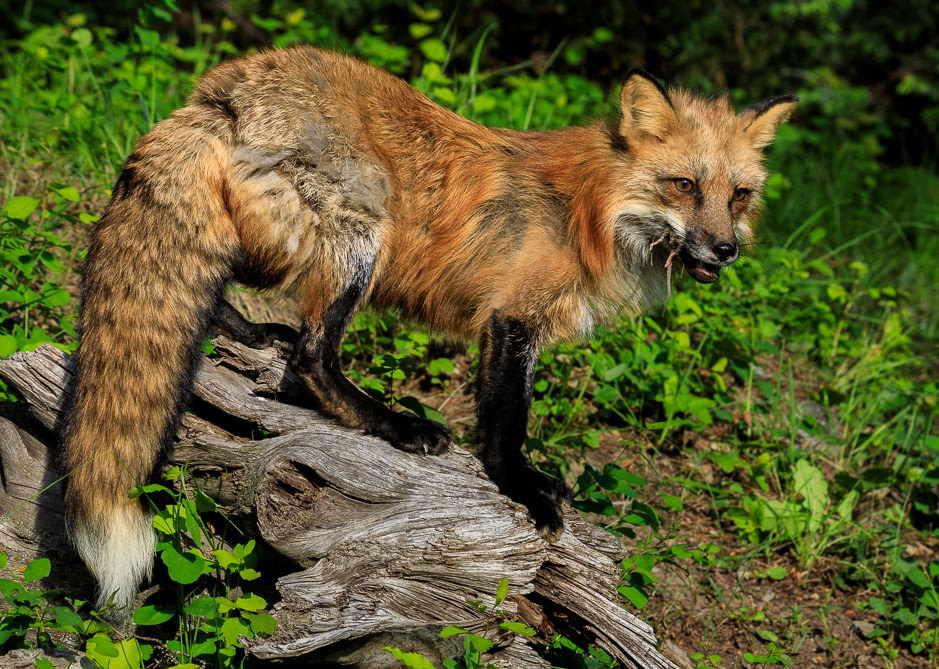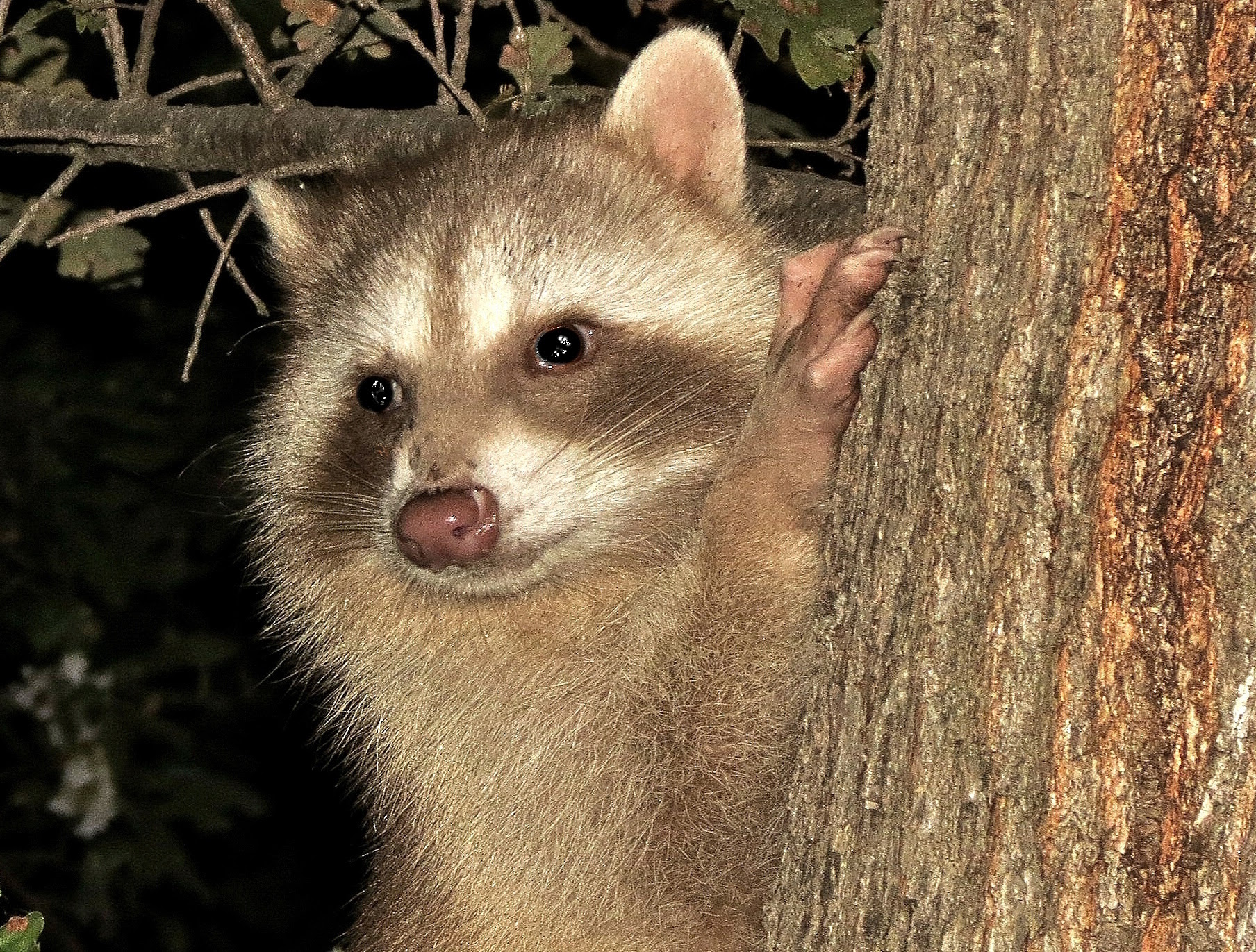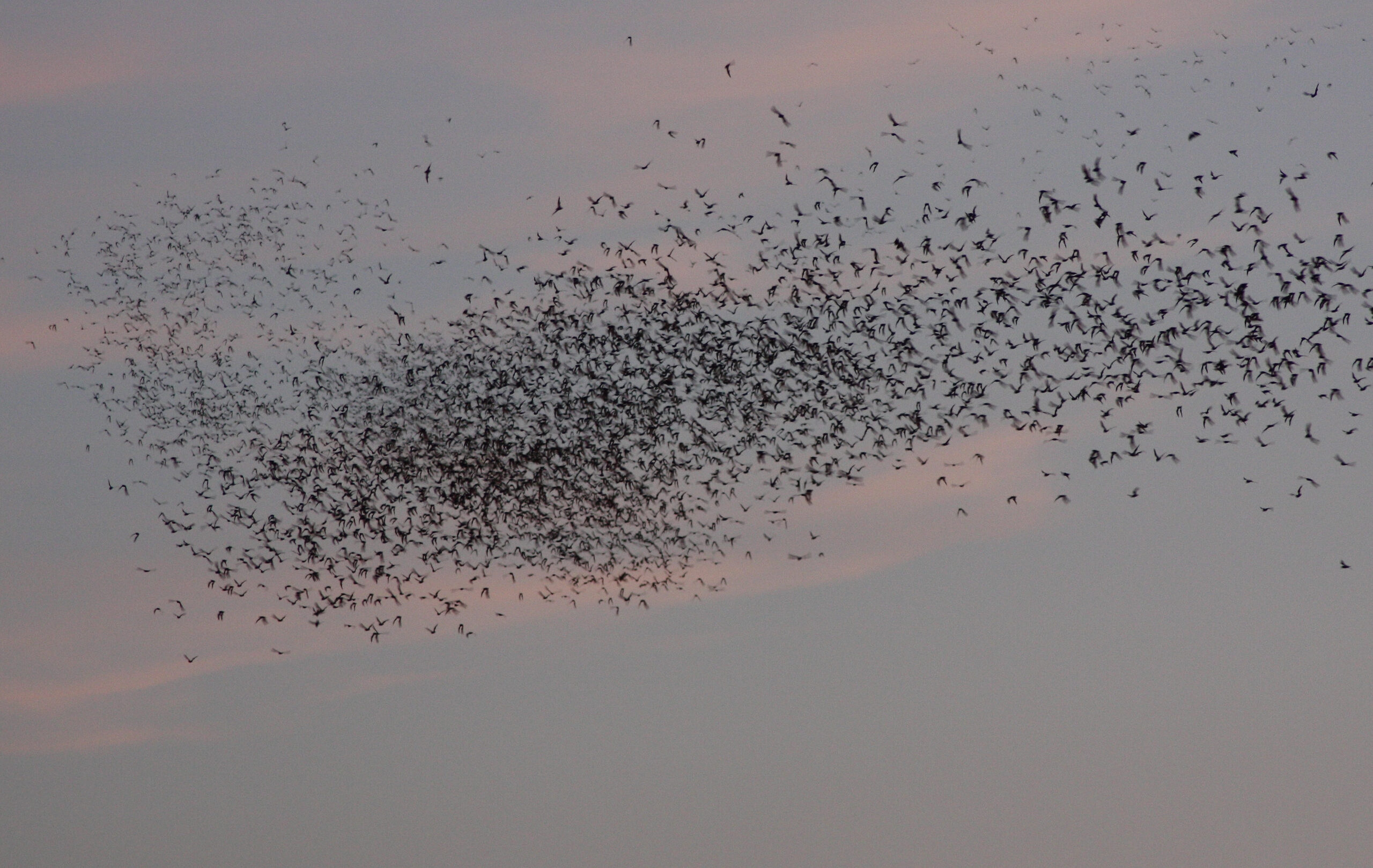That’s a good question. More specifically, are any of the three species of foxes that live near the Yolo Basin residents of the wetlands? These species include the gray fox (Urocyon cinereoargenteus), the native Sacramento Valley red fox (Vulpes vulpes patwin), and the non-native red fox (Vulpes vulpes), likely naturalized descendants of fur farm escapees. All red foxes are currently recognized as a single species, Vulpes vulpes, with a large number of subspecies (distinct populations that are capable of interbreeding). Collectively, the red fox has the widest distribution of any non-domestic terrestrial carnivore, ranging naturally in North America, Europe, and Asia. The other foxes in California, all native to the state, occur in areas that largely don’t include wetlands. The Sierra Nevada red fox, V. vulpes necator, is a rare mountainous animal now apparently restricted to Mt. Lassen, the Sonoran Pass, and spots further south in the High Sierra. The kit fox (V. macrotis) is found in dry habitats like the lower San Joaquin Valley and deserts, and the island fox (U. littoralis), a relative of the gray fox, is restricted to southern California islands. The diversity of foxes within the state reflects the great overall biodiversity in the California Floristic Province, characterized by a topography that changes dramatically in short distances, and a Mediterranean climate that seems to consistently coincide with elevated biodiversity wherever it occurs.

Red fox – Photo by Lewis Kemper
First, let’s define a wetlands. According to the U.S. Army Corps of Engineers and the Environmental Protection Agency, “Wetlands are areas that are inundated or saturated by surface or ground water at a frequency and duration sufficient to support, and that under normal circumstances do support, a prevalence of vegetation typically adapted for life in saturated soil conditions.” Not included in this definition are the animals that are adapted to live with water. Are foxes? A person looking for foxes in the Bypass is certainly disadvantaged since the Bypass is closed at sunset and foxes are mainly nocturnal. Still, signs like tracks and scat are potentially present and foxes sometimes forage during the day.
The gray fox is widespread in the U.S., Mexico, and Central America. This 7 to 10-pound, tree-climbing fox is silvery-gray with orange-tinged legs, neck, and back of the ears, a white throat, and a black-tipped tail. A coyote is similar but larger, weighing around 15 to 40 pounds. Coyotes are quickly identified by a tail much shorter than the length of their body; the tail length of gray and red foxes is two-thirds to nearly equal to their body length. The gray fox is more omnivorous than other foxes. Its diet includes rodents, insects, reptiles, birds and their eggs, seeds, berries, and other fruit. In California the gray fox is found in a variety of habitats, including woodlands, chaparral, riparian corridors, and arid scrub. While gray foxes may move through or hunt in the Yolo Bypass Wildlife Area, they don’t seem to be residents of the wetlands.
The Sacramento Valley red fox has reddish sides (but some individuals may be gray), black stockings, black on the back of its ears, and in contrast to gray foxes and coyotes, a white-tipped tail. It weighs 8 to 16 pounds. The Valley fox prefers grasslands in the Sacramento Valley and avoids wetlands and flooded irrigated fields (Sacks, B., et al. 2010. The native Sacramento Valley red fox. Report to the Calif. Dept. of Fish and Game). Today, the range of the Valley fox closely matches its historic range, the Sacramento Valley, especially west of the Sacramento River. Populations of this fox have dramatically declined, likely due to a loss of 65% of grasslands in the Valley and the fragmentation of the grassland that does remain. While it may move through the Bypass looking for a meal, it’s not a resident of the wetlands. This fox often dens near human developments, perhaps to gain protection from coyotes, an ever-present threat to a fox (Black, K., et al. 2019. J. Wildl. Manag. 83:158–166). Many den sites are excavated ground squirrel burrows, which are unusual in wetlands.
The third fox that might be seen in the Bypass is the non-native red fox. It weighs the same as the Sacramento Valley fox but the Valley fox is a little longer. The non-native fox in California is thought to have descended from animals that were housed in fur farms in California well into the 20th Century. Some caged foxes inevitably escaped or perhaps were released when fox furs lost fashion and farms were closed. The non-native fox in the fur industry was likely introduced from midwestern states. These animals seem to prefer low elevations and today are found in the San Joaquin Valley and coastal areas from the Bay Area to southern California. Their habitat in California includes wetlands near the coast, and their presence there is an ongoing threat to ground-nesting birds, like rails. Hence, the non-native fox might take up residency in the wetlands of the Bypass. Like Sacramento Valley foxes, non-native foxes are often seen near human habitations for protection against coyotes. Also, non-native foxes may have an innate willingness to live near humans. It has been suggested that because non-native foxes originated on fur farms, the industry could have bred a degree of tameness into the farm stock.
There is another possibility. The non-native red fox hybridizes with the Sacramento Valley red fox in a narrow range where the two coincide. There are hybrid foxes in and near the city of Davis, thought to be the northern edge of the hybridization zone on the west side of the Sacramento River. In recent years a pair of red foxes, the vixen a non-native fox and the male (sometimes called a dog fox) a Sacramento Valley fox, successfully reared hybrid pups. A red fox sighted in the Yolo Bypass Wildlife Area could be a hybrid. Along the east side of the Sacramento River, hybridization occurs farther north. But in most of its range, the Sacramento Valley red fox retains its genomic integrity, apparently the result of some kind of imperfect reproductive barrier between the two subspecies of red fox (Sacks, B., et al. 2011. Mol. Ecol. 20:326–341). Nonetheless, hybridization is a long-term threat to the genetic purity of the Valley fox. Other concerns of encroachment by the non-native fox include competition for resources and transmission of diseases.




